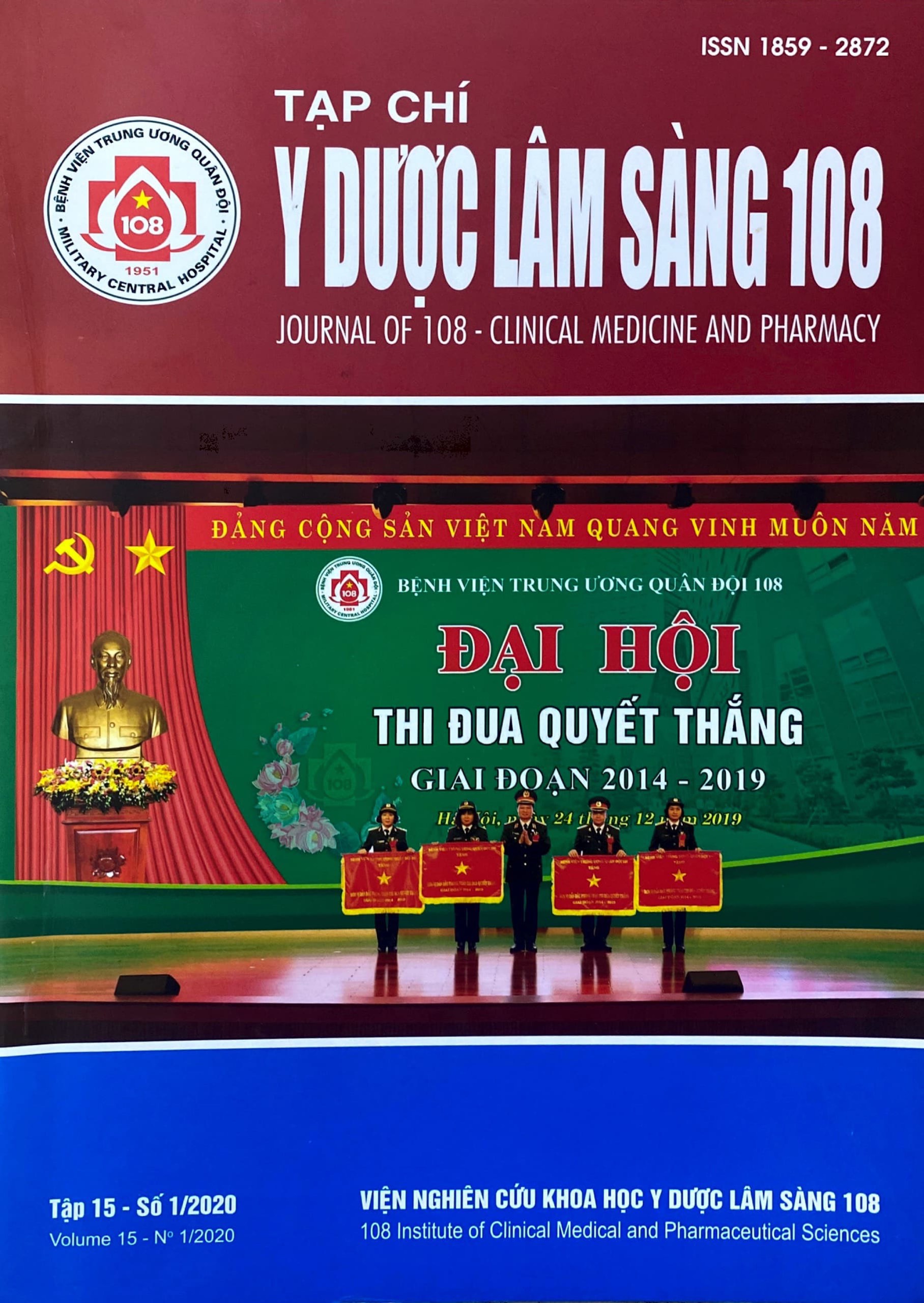The effects of combination therapy with 5-alpha reductase inhibitors plus alpha blockers on clinical outcomes compared with alpha blockers alone in symptomatic benign prostatic hyperplasia patients
Main Article Content
Keywords
Abstract
Objective: To investigate whether a combination of 0.5mg avodart plus 2mg doxazosin is more effective than 2mg doxazosin alone in treatment‐naïve men with moderately symptomatic benign prostatic hyperplasia (BPH) at risk of progression. Subject and method: This was a randomized, open‐label, parallel‐group study in 100 men with an International Prostate Symptom Score (IPSS) 8 - 19, prostate volume ≥ 30mL and total serum PSA level of < 4ng/mL. Patients were randomised to 0.5mg avodart plus 2mg doxazosin (50 patients) or 2mg doxazosin alone (50 patients) and followed for 6 months. The primary endpoint was symptomatic improvement from baseline to 6 months, measured by the IPSS. Secondary outcomes included BPH clinical progression, impact on quality of life (QoL), change in prostatic volume, post-void residual volume and/or BPH‐related AUR, surgical treatment. Result: Combination therapy was found to significantly reduce the IPSS at 6 months by 4.68 points compared with 0.02 points in doxazosin alone therapy (p<0.05). With combination therapy group the risk of BPH progression was reduced by 66% compared with 34% in the doxazosin alone therapy one (p<0.05). Improvements in QoL (Question 8 of the IPSS) were significantly greater with combination therapy group compared with doxazosin alone therapy one, -1.46 điểm vs 0.14 điểm, respectively (p<0.05). Prostatic volume at month 6 was reduced by 26.3% with combination therapy but increased 0.5% with doxazosin alone therapy. Post-void residual volume at 6 months were also reduced by 50% for combination therapy but increased 40% with doxazosin alone therapy. The occurrence of BPH‐related AUR, was greater in the doxazosin alone therapy group compared with combination therapy one, 12% vs 2%, respectively. 2% patients of the doxazosin alone therapy group change in surgical treatment. Conclusion: The combination therapy with avodart plus doxazosin resulted in rapid and sustained improvements in men with moderate BPH symptoms at risk of progression with significantly greater symptom and QoL improvements and a significantly reduced risk of BPH progression compared with doxazosin alone therapy.
Article Details
References
2. Farhad FV, Michael YCW, Henry SSH, and Keong T (2017) Benign prostatic hyperplasia and male lower urinary symptoms: A guide for family physicians. FooAsian J Urol 4(3): 181-184.
3. Lim KB (2017) Epidemiology of clinical benign prostatic hyperplasia. Asian J Urol 4(3): 148-151.
4. Lin YH, Hou CP, Chen TH, Juang HH, Chang PL, Yang PS, Chen CL, Tsui KH (2018) Transurethral resection of the prostate provides more favorable clinical outcomes compared with conservative medical treatment in patients with urinary retention caused by benign prostatic obstruction. BMC Geriatr 18(1): 15.
5. McConnell JD, Roehrborn CG, Oliver OM et al (2003) MTOPS Research Group. The long term effect of doxazosin, finasteride and combination therapy on the clinical progression of benign prostatic hyperplasia. N Engl J Med 349: 2385-2396.
6. Michael J Barry and Claus G Roehrborn (2001) Benign prostatic hyperplasia. BMJ 323(7320): 1042-1046.
7. Roehrborn C, Siami P, Barkin J, Damião R, Major-Walker K, Nandy I et al (2010) The effects of combination therapy with dutasteride and tamsulosin on clinical outcomes in men with symptomatic benign prostatic hyperplasia: 4-year results from the CombAT study. Eur Urol 57: 123-131.
8. Roehrborn C, Barkin J, Siami P, Tubaro A, Wilson T, Morrill B et al (2011) Clinical outcomes after combined therapy with dutasteride plus tamsulosin or either monotherapy in men with benign prostatic hyperplasia (BPH) by baseline characteristics: 4-year results from the randomized, double-blind Combination of Avodart and Tamsulosin (CombAT) trial. BJU Int 107: 946-954.
9. Roehrborn C, Oyarzabal PI, Roos E, Calomfirescu N, Brotherton B, Wang F et al (2015) Efficacy and safety of a fixed-dose combination of dutasteride and tamsulosin treatment (Duodart(®)) compared with watchful waiting with initiation of tamsulosin therapy if symptoms do not improve, both provided with lifestyle advice, in the management of treatment-naïve men with moderately symptomatic benign prostatic hyperplasia: 2-year CONDUCT study results. BJU Int 116: 450-459.
10. D'Agate S, Wilson T, Adalig B, Manyak M, Palacios-Moreno JM, Chavan C, Oelke M, Roehrborn C, Della Pasqua O (2019) Impact of disease progression on individual IPSS trajectories and consequences of immediate versus delayed start of treatment in patients with moderate or severe LUTS associated with BPH. World Journal of Urology https://doi.org/10.1007/s00345-019-02783-orginal article Received: 5 December 2018 / Accepted: 23 April 2019.
 ISSN: 1859 - 2872
ISSN: 1859 - 2872
